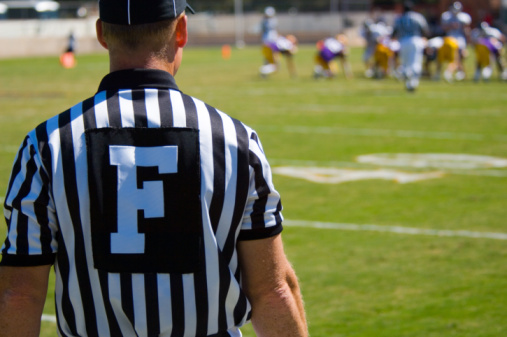 National report looks at impact of college spending on athletics and academics
National report looks at impact of college spending on athletics and academics
For some small colleges, just the sight of the school’s branded team bus traveling to road games can nail a marketing extra point. And television deals bring big bucks to major football programs. But for the most part, spending on college athletics drains money from campuses still bruised by recession and, as faculty critics charge, tends to sack academics for a loss.
From 2005 to 2010, the athletic departments of most public colleges and universities competing in National Collegiate Athletic Association (NCAA) Division I sports spent three to six times as much per athlete as their institutions spent to educate each of their students, according to a new report by the Delta Cost Project at the American Institutes for Research.
The report “Academic Spending Versus Athletic Spending: Who Wins?” shows that athletic costs increased at least twice as fast as academic spending on a per-capita basis across Division I schools between 2005 and 2010.
Division I athletic programs at public colleges and universities were a $6 billion enterprise in FY2010, the report notes, and costs have only spiraled recently due in part to multimillion-dollar coaching contracts, demand for more staff and better facilities and increased scholarship commitments to help athletes keep pace with rising tuitions. At the same time, institutions have struggled to control rising costs elsewhere on campus due to lagging state support and endowment income.
In the Football Bowl Subdivision, which includes big name football schools from Ohio State to Boston College (but also more recently UConn and UMass), median athletic spending was nearly $92,000 per athlete in 2010, while median academic spending per full-time equivalent student was less than $14,000, the report notes.
In New England, three new college football teams took their first snap in 2009, according to the National Football Foundation, and the only public one was Vermont’s Castleton State College, which entered Division III.
For more NEJHE coverage of athletics and academics, see Amherst College Athletic Director Suzanne R. Coffey on Double-Teamed and former Mount Ida College President Bryan E. Carlson on Athletic IQ.
The campus balance between athletics and academics could be far less dysfunctional. As Carlson notes in his piece: “The hyper-glorified commercialization of big-time collegiate competition makes it easy to lose sight of the fact that participation in intercollegiate athletics is supposed to be an integral component of the overall academic experience. Opportunities to achieve personal fulfillment, learn self-discipline and build self-esteem, to develop a team mentality, appreciate good sportsmanship and practice leadership skills are just a few examples of what actually belongs on the ultimate scoreboard of NCAA competition.”
[ssba]
